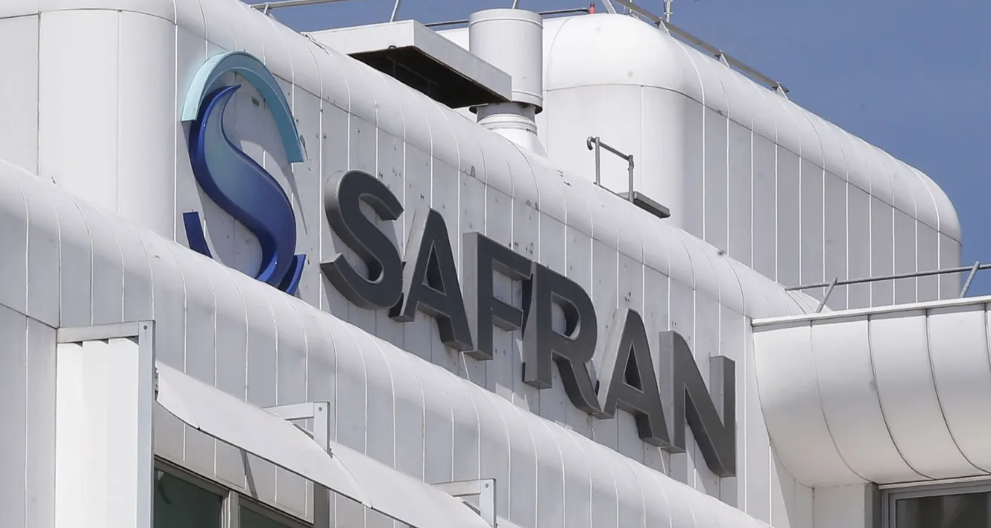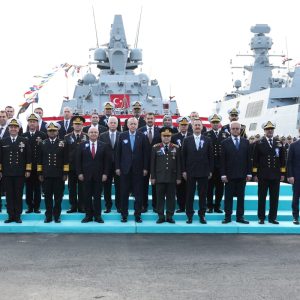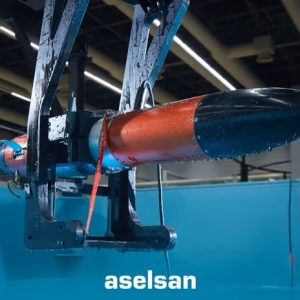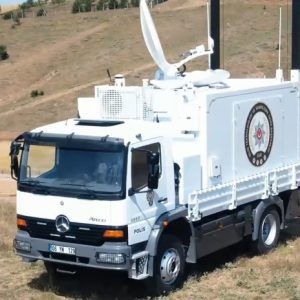
Strategic integration of mission‑critical flight systems
On 21 July 2025, French defence-aerospace firm Safran completed its USD 1.8 billion acquisition of Collins Aerospace’s flight control and actuation business, officially consolidating the entity into Safran Electronics & Defense from 1 August 2025. This marks a significant milestone in the Safran Collins Aerospace acquisition.
The acquired unit employs approximately 4,000 staff across eight main production sites in Europe (France, UK, Italy) and Asia, with additional operations in India, Poland, and the U.S. Integrated systems already service ~180 aircraft programmes and generated revenue of around USD 1.55 billion in 2024 with EBITDA of ~USD130 million.
Regulatory approvals and competition safeguards
The European Commission granted conditional approval in April 2025, contingent on Safran divesting its North American electromechanical actuation business—including key horizontal stabilizer trim actuation technology—to Woodward, Inc. This ensured competition safeguards and addressed EU and UK antitrust concerns.
Simultaneously, Italian authorities had earlier lifted their veto on the Italian segment, Microtecnica, after Safran provided guarantees preserving continuity of supply to European military platforms, including Eurofighter Typhoon and Tornado fleets.
Portfolio complementarity and next‑generation readiness
This acquisition marries Collins Aerospace’s proven hydraulic/mechanical actuator technology with Safran’s own electro‑mechanical actuation and avionics expertise. Combined, they position Safran as a global leader in flight control systems supporting commercial, helicopter, military, and missile applications—a key objective of the Safran Collins Aerospace acquisition.
The stronger portfolio is particularly relevant as aerospace trends shift toward more-electric architectures and decarbonization, notably within next-generation single-aisle and rotary-wing platforms.
Financial synergies and growth outlook
Safran forecasts approximately USD 50 million in annual pre‑tax cost synergies by 2028 through procurement scale, R&D integration, and internalized production, boosting earnings per share from year one.
With service activities representing nearly 40% of revenue and broad exposure across commercial, military, and rotorcraft segments, the acquisition offers recurring revenue streams and cross-selling potential across global platforms.
Defence & aerospace implications
For defence planners, the integration strengthens national sovereignty capabilities. Safran now offers enhanced munitions actuation systems—particularly for missile thrust vectoring and control surfaces—bolstered by Collins’ existing military footprint.
Additionally, as showcased by Safran’s unveiling of its Warbler loitering munition at the 2025 Paris Air Show, advanced actuation control underpins next-generation precision strike systems, reinforcing the wider defence strategy enabled by the acquisition.
Conclusion
The Safran Collins Aerospace acquisition establishes Safran as a consolidated leader in flight control and actuation systems. By integrating Collins’ hydraulic and mechanical strength with Safran’s electrification roadmap, the group positions itself to lead on next-gen aircraft architectures, defence munitions, and recurring service revenue.
Regulatory clearance, financial synergies, and a diversified global footprint combine to support solid long-term growth and technological leadership in flight-critical systems.










